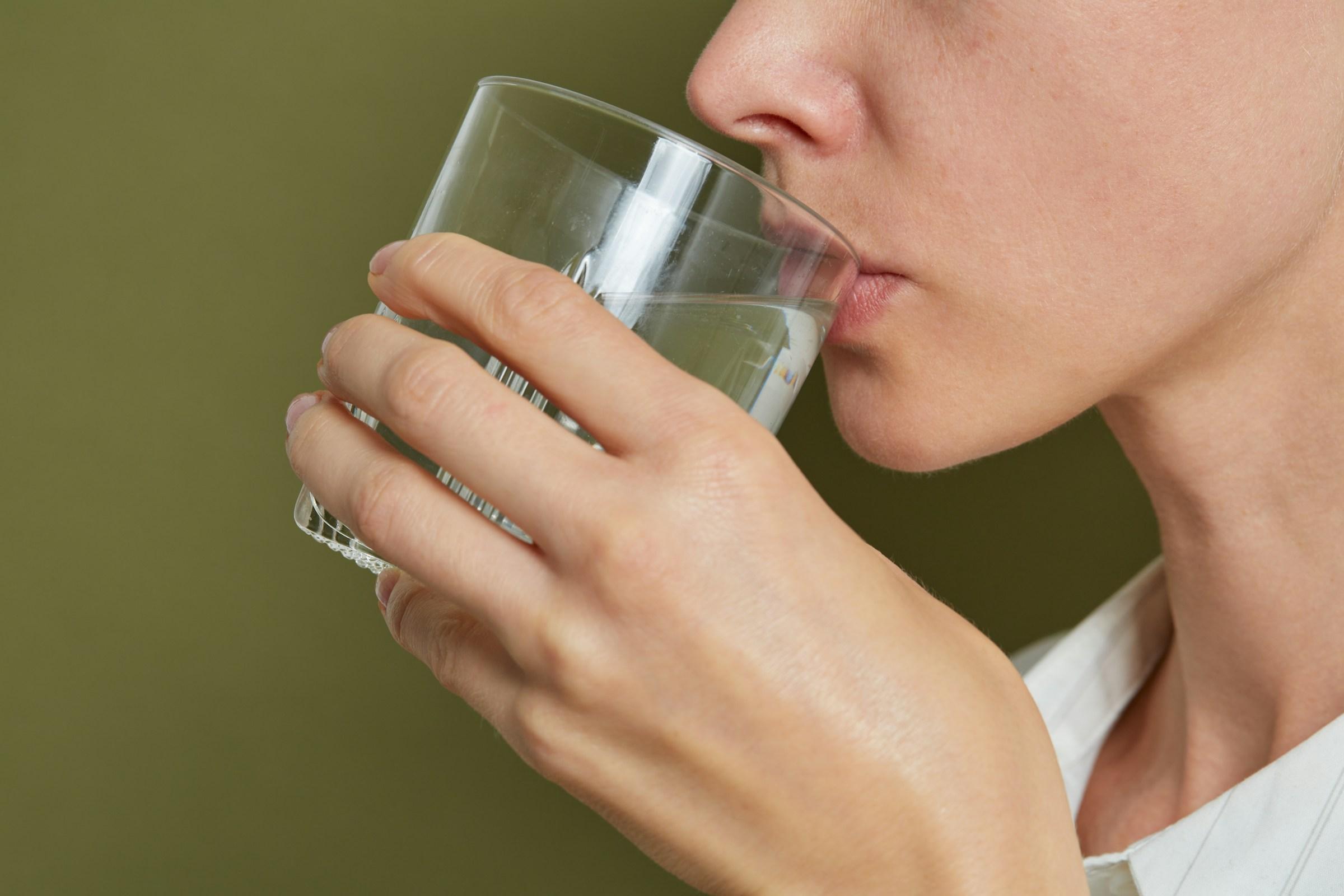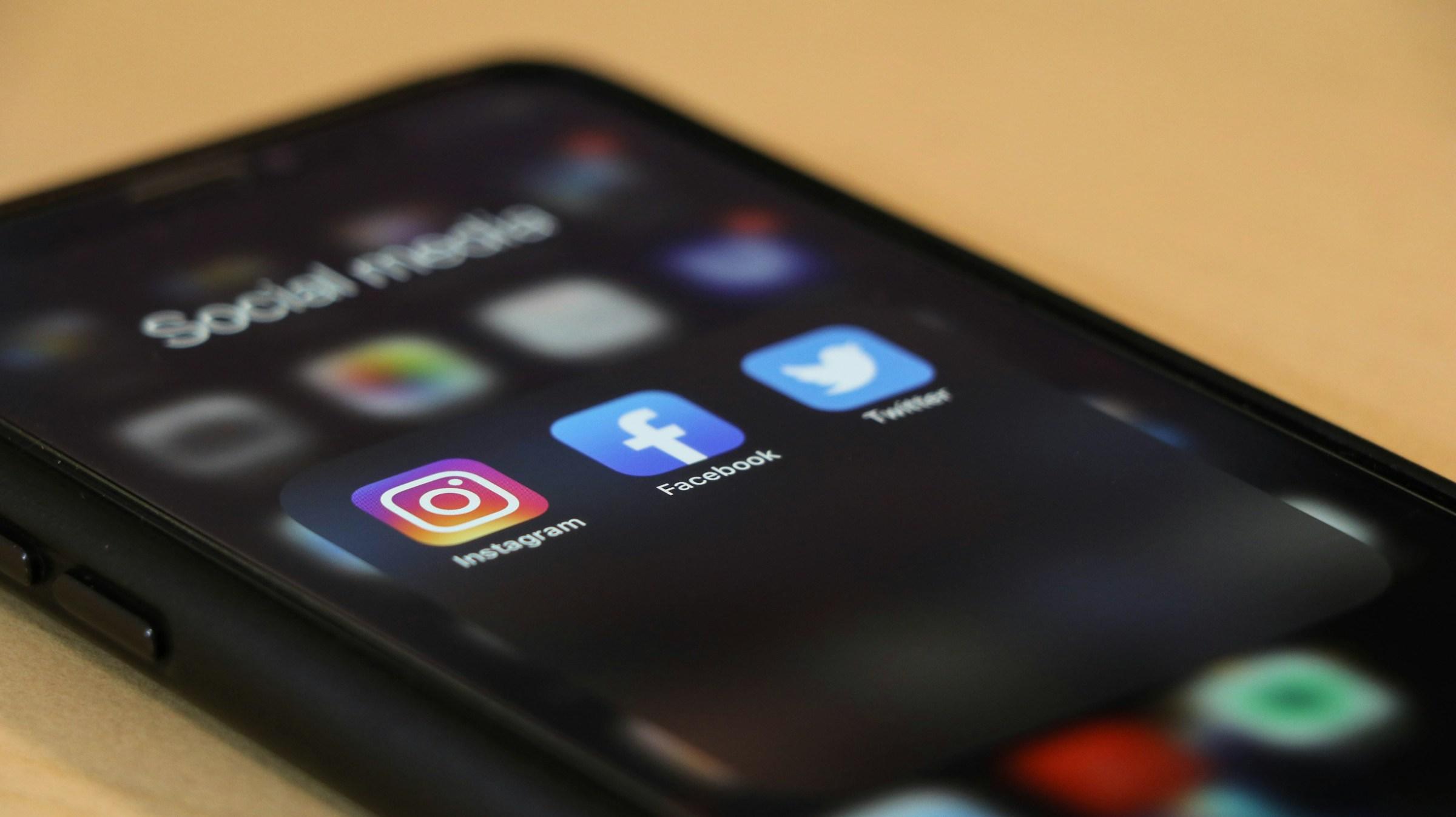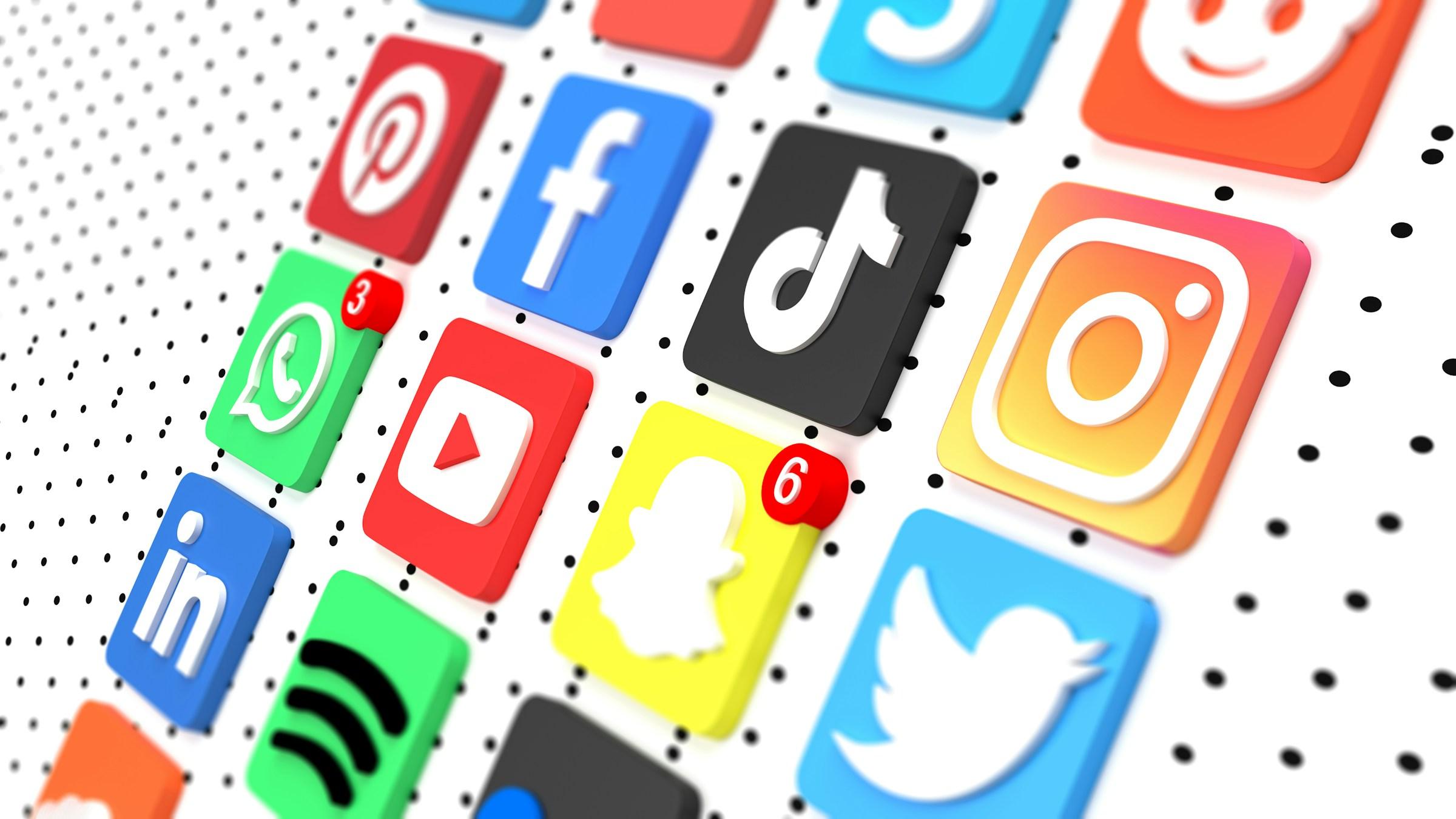Mild dehydration does not begin with cracked lips or a parched throat. It begins in the head. The first organ to feel the strain of too little fluid is the brain, and it reacts quickly. The brain relies on a tightly controlled water balance to keep neurons firing in rhythm. Even a small rise in the concentration of solutes in the blood draws water out of brain cells. That subtle shift is enough to slow processing, cloud working memory, and sour your mood. Many people notice this during late morning meetings, after a hard commute, or midway through a workout. They feel foggy, irritable, or headachy before they feel truly thirsty. The sequence is the clue. The brain speaks up first.
Why does the brain react before organs that we usually associate with hydration, like the kidneys? The answer lies in timing and priority. The kidneys are masters of long game regulation. They adjust urine concentration across hours to protect total body water. The brain operates on minutes and seconds. It needs steady blood flow, steady glucose, and a stable fluid environment to maintain clear thinking. When sweat, breath, and urine reduce plasma volume, the sodium concentration in blood rises. Osmoreceptors in the hypothalamus detect this change almost immediately. Hormones that conserve water increase. Blood vessels constrict to support blood pressure. These protective steps help survival, but they trade away fine control. The trade off shows up as slower reaction time, more effort to concentrate, and greater sensitivity to stress.
The early signs are familiar. You reread a sentence and cannot hold it in mind. You reach for a word and it arrives a beat late. A dull ache spreads from the temples. Small frustrations feel larger than they should. Food does not fix it because the problem is not energy supply in the simple sense. It is the chemical environment that allows neurons to talk to one another without static. People often blame poor sleep, weak willpower, or lack of caffeine for these dips. Hydration sits upstream of all three. When you protect the fluid environment, you ease pressure on attention, memory, and mood.
Thirst is helpful, but for many routines it is late. Air conditioning dries the air and encourages quiet fluid loss through breath. Flight cabins amplify this effect. Long calls and back to back meetings limit opportunities to drink. Coffee becomes the first input of the day and displaces water rather than complements it. By the time thirst arrives, your work quality may already be slipping. The answer is not to chase every dry sensation with a large bottle. The answer is to anchor small amounts of water to predictable moments so your brain is protected before performance falls.
Context matters. In heat and humidity you sweat more, yet cooling is less efficient because sweat does not evaporate as easily. Clothing can trap moisture and hide the loss. A breezy gym can do the opposite and make sweat seem to vanish from the skin, which also hides the loss. Outdoor sessions in the evening often feel easier than lunchtime workouts because radiant heat load is lower. The rule is straightforward. Warmer and wetter conditions increase replacement needs. If you only respond to visible sweat, you will be late.
Electrolytes are part of the story, not the whole story. Plain water covers most office days and short training sessions. Sweat carries sodium, and heavy sweaters know this because of salt marks on caps and shirts. If you drink large volumes of very low mineral water while sweating for a long time, you can dilute plasma sodium and feel worse. A small addition of sodium during long or hot efforts helps maintain performance and reduces the nausea and cramping that signal a mismatch. You do not need high sugar drinks unless you also need fuel for long endurance work. Keep the approach simple. Add a light electrolyte mix for sustained heavy sweat. Use water the rest of the time.
Mornings deserve special attention because everyone wakes up a little down on fluid. You lose water every night through breath and urine. Coffee first is a comforting ritual, but it does not restore plasma volume. A glass of water within the first half hour after waking brings your brain online faster. If you wake with a headache or feel flat, a pinch of salt in that first glass can make a visible difference. Then enjoy your coffee. The order matters.
Because the brain speaks first, your body gives you soft signals that are easy to miss. Focus dips midway through a task. A temple ache blooms after a long call. Typos appear after a workout class. Hunger shows up between meals but food does not satisfy it. These are not failures of discipline. They are gentle notifications from an organ that runs best with stable chemistry. When you notice them, drink a modest amount, wait ten minutes, and reassess. If the feeling resolves, you have found a lever you can pull again tomorrow.
A simple daily structure works better than a complicated rulebook. Start the day with a medium glass of water. Before any workout, drink a small amount fifteen to twenty minutes ahead. During steady training under an hour, sip to comfort. For sessions over an hour or sessions in heat, bring a bottle with a light electrolyte mix. After training, finish another medium glass over the next hour rather than chugging a large volume at once. At work, pair water with transitions. Take a drink after bathroom breaks. Take a sip before long calls. End the evening with a small glass about an hour before bed and adjust based on how often you wake at night. The aim is predictable behavior, not constant decision making.
Body size and sweat rate shift the numbers. Smaller bodies need less fluid and sodium. Larger bodies and high sweaters need more. You can estimate your sweat rate with a scale. Weigh yourself before and after a hard session without drinking. Each kilogram lost is roughly one liter of water. Replace most of that across the next few hours. Do not chase all of it immediately. If you see salt crust on clothing or get calf cramps, increase sodium in small steps. Keep two weeks of simple notes on training, mood, headaches, cramps, and intake. Patterns will appear, and you will adjust with confidence.
Certain situations require extra care. Children dehydrate faster because they have a higher surface area relative to their mass and their thirst is less reliable. Older adults can have reduced thirst sensitivity and slower kidney responses. High altitude increases water loss through breath even when the air feels cool. Illness with fever or diarrhea accelerates loss and raises electrolyte needs. Pregnancy expands plasma volume and changes sodium handling. In each case the principle stays the same. Protect the brain by protecting the fluid environment and plan intake instead of guessing.
Common stimulants and relaxants also change the picture. Caffeine in habitual users is not a strong diuretic, but it can shift timing so that intake and output do not line up well. Buffer your coffee with water. Alcohol acts differently. It suppresses the hormone that conserves water and increases urine output. Late evening drinks impair both sleep and hydration. If you choose to drink, match each serving with water and include some sodium at dinner. The goal is to avoid the next day cognitive dip that comes from a double hit of fluid loss and poor sleep.
On days with long focus blocks, set up your desk to help. Place your bottle within easy reach on the side you naturally grab from. Use room temperature water to avoid stomach discomfort. Take micro sips through the block rather than large gulps that force frequent interruptions. Save electrolyte drinks for heat and long efforts. At the desk, you want steady hydration that supports attention without sending you to the bathroom every twenty minutes.
This is not abstract wellness advice. Hydration is a performance system with immediate returns. Most daily success depends on brain output. When you keep the brain’s environment stable, you protect decision quality, pacing, and mood under pressure. The body’s safeguards prioritize survival. Your routines can prioritize clarity. That is the gap to close.
If you want proof for yourself, run a short experiment. For two weeks, track wake up weight, a simple morning urine color scale, whether you trained that day, and a self rated afternoon focus score. Note headaches, cramps, and mood dips. Pair those notes with when and what you drank. If focus dips match light intake, add one more anchor. If headaches cluster on hot days, add a little sodium. Once the pattern is obvious, you can stop tracking. The system will run on habit.
The bottom line is simple. The brain is first in line to feel dehydration, and it tells you quickly. A few steady habits protect it. Start the morning with water. Add electrolytes when conditions call for them. Adjust for your body and your environment. Keep the plan boring and consistent. When you do, your thinking holds steady while everyone else fades.














